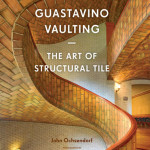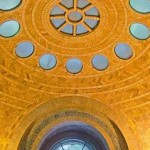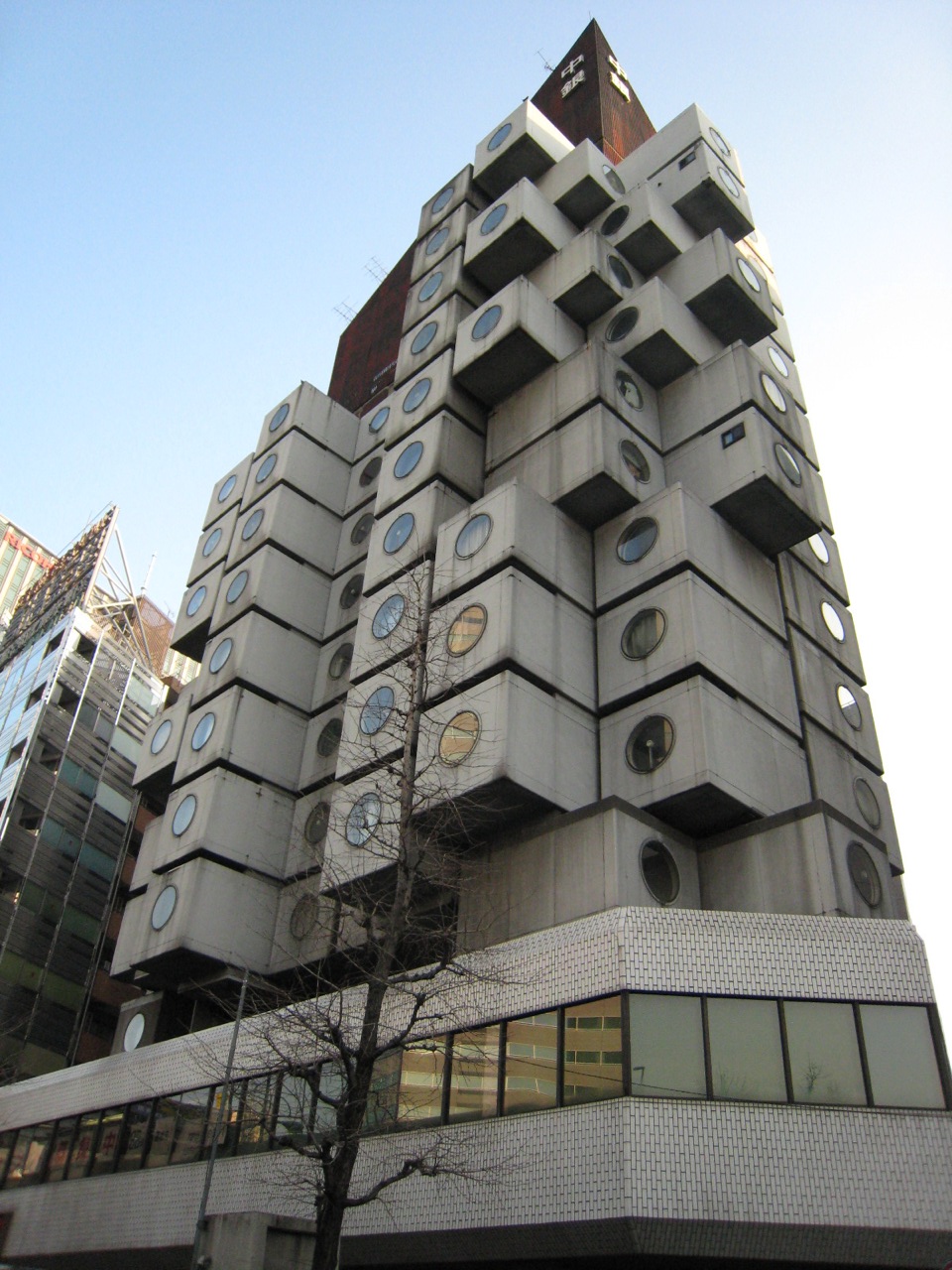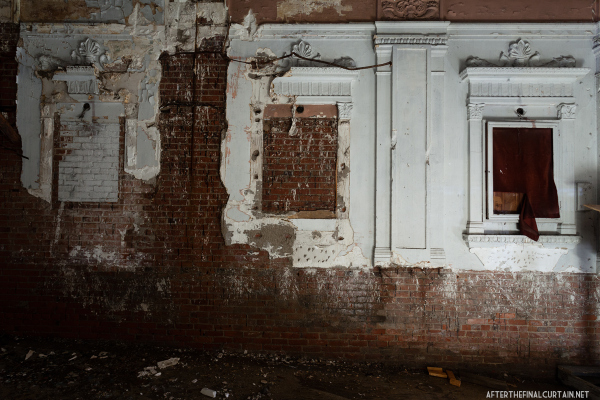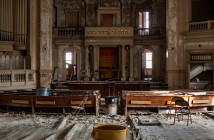The story of the Guastavino Company is the same story the “American Dream” is modeled after. Trained as master builder in Spain, Guastavino Sr. encountered many of the challenges newly arrived immigrants face. He looked for work as an architect because there wasn’t yet a formalized system of education for master builders in America. His first success on a national and international level arrived with the commission for Mckim Mead & White’s Boston Public Library—a masterpiece of the “American Renaissance” and the site of the first major exhibition devoted to the Guastavino Company and its architectural and historical legacy. The exhibition opens in late September.
In chapter five of the book, Ochsendorf attributes the successes of the Guastavino Company to many factors including the wealth and nationalism surrounding the “American Renaissance,” and their professional relationships with some of the leading architects of the time—Cass Gilbert, John M. Carrère, Thomas Hastings, Edward P. York and Phillip Sawyer among others, including their already long established relationship with the illustrious firm of McKim, Mead & White.
Having contributed to the design of structural tile vaultings to more than one thousand buildings across the United States, the Guastavino Company declined with the introduction of the glass, steel and concrete of modernist architecture. After 75 years of building some of the most significant buildings in the United States and the world, the company closed permanently in 1962. In chapter seven, the author highlights the legacy of the Guastavino Company, but acknowledges in the preface that there is a need for more research, particularly on the personal, commercial, and architectural aspects of the company’s work.
Each of the seven chapters in the book brings out the exquisite craftsmanship of the Guastavino Company’s work though the photography of Michael Freeman. The book includes an exhaustive yet incomplete list containing more than six hundred projects in thirty states and six countries with extant buildings with Guastavino Tile Vaulting. The Guastavino Tile Vaulting enthusiast or those with an interest in the built environment or architectural history will find this list invaluable.
The landmark exhibition “Palaces for the People: Guastavino and America’s Great Public Spaces” curated by John Ochsendorf, is scheduled to open on September 28. It is also scheduled to travel to the National Building Museum in Washington, DC early next year.
- Guastavino Vaulting: The Art of Structural Tile, by John Ochsendorf. Photography by Michael Freeman.
- Bronx Zoo, Elephant House. Heins and LaFarge, 1908. Photograph by Michael Freeman.
- Entrance hall and Grand staircase, construction of the McKim Building McKim, Mead & White (architect), Image from: Public library building Copley Square : photographs of progress of the work Jan. 3, 1890 to completion; Image caption [MAIN ENTRANCE, BOSTON PUBLIC LIBRARY]. Flickr Collection.
1. Sam Alis, "The Greatest Architect You've Never Head of," Boston Globe, February 26, 2011.
For more information on the extensive Guastavino Project click here.


